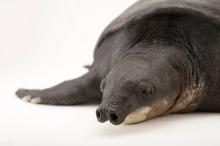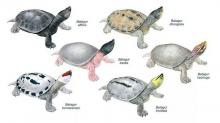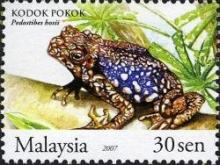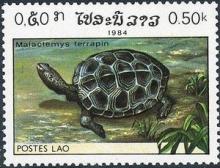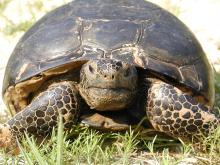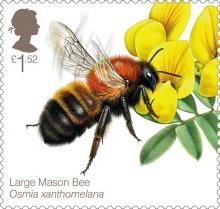Conservation program aims to protect the pig-nosed turtle from extinction
It might not win a prize for the cutest animal on the block but, in some parts of the world, it is popular for its meat and eggs. The pig-nosed turtle (Carettochelys insculpta), also known as the pitted-shelled turtle or Fly River turtle, is found only in northern Australia and southern Papua New Guinea. The freshwater turtle has paddle-shaped flippers like a marine turtle and a pig-like nose. Numbers have declined steeply in the past 30 years, with an estimated 50 per cent decline in the population since 1981 in Papua New Guinea.

